KEEP UP WITH OUR DAILY AND WEEKLY NEWSLETTERS
PRODUCT LIBRARY
in an interview, andrea zagato and marella rivolta zagato discuss their timeless art of coachbuilding in an evolving automotive industry.
connections: +900
in an interview with designboom, the french designer explores the design process and influences of the electric restomod, joined by renault’s sandeep bhambra.
the phone features a shiny mirror on the front and comes with accessories like charms and gem stickers, allowing users to fully embrace the late 1990s and early 2000s nostalgia.
connections: +300
the process of bringing the 911 speedster to life was a three-year collaboration between luca trazzi and porsche’s sonderwunsch experts.
connections: +970
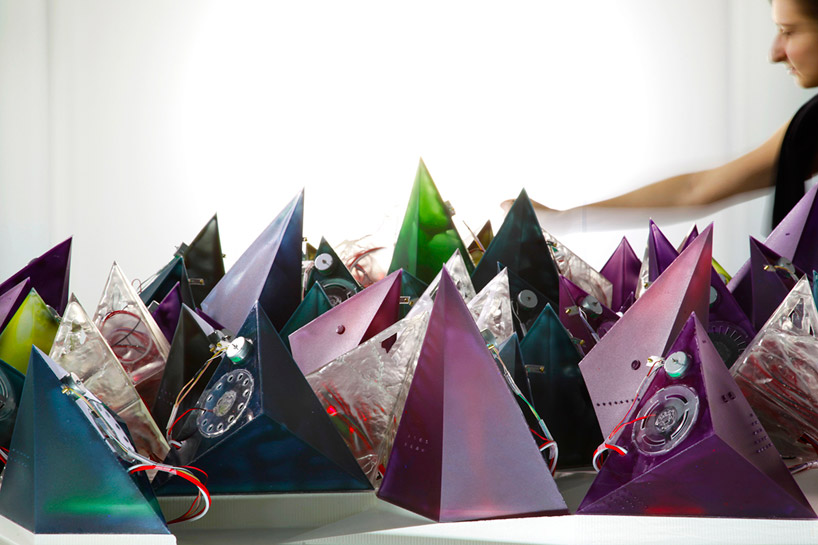
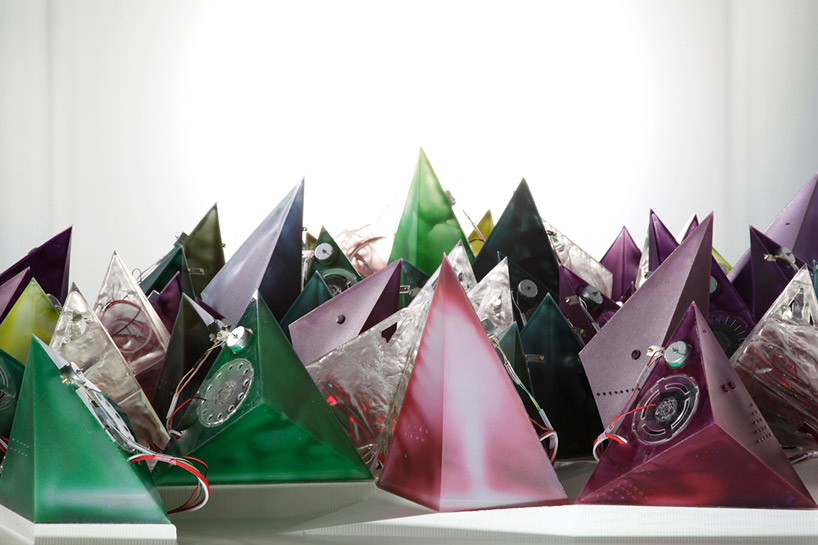
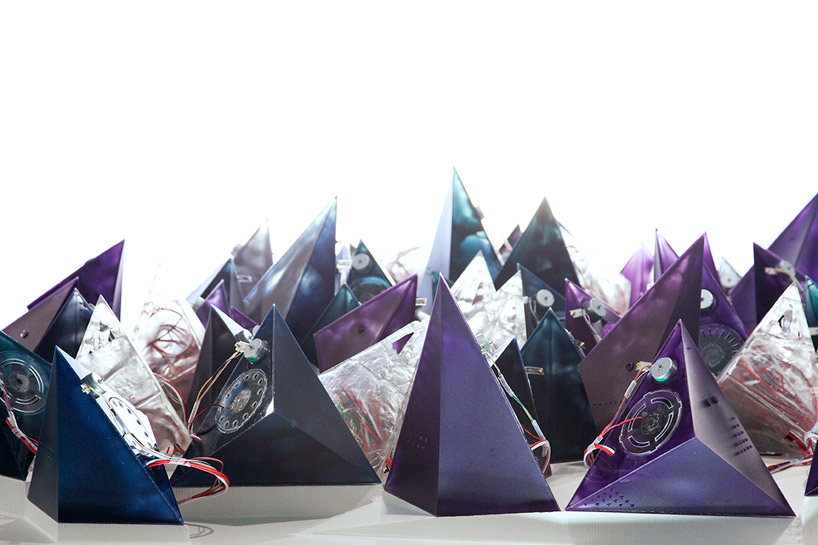
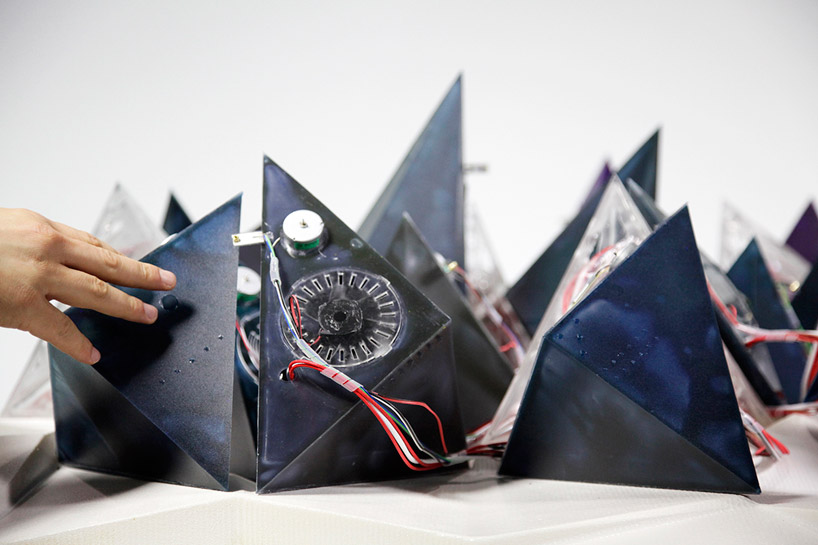
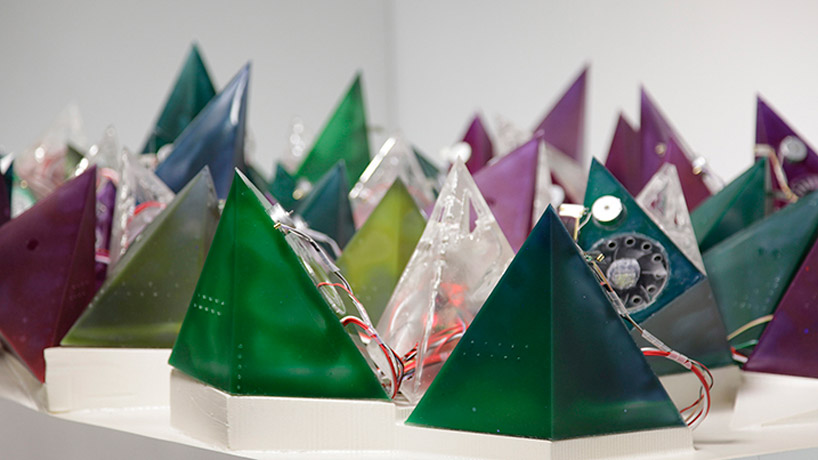 depending on the tactile input of the individual volumes the installation network develops autonomous, unpredictable swarm-like behavior
depending on the tactile input of the individual volumes the installation network develops autonomous, unpredictable swarm-like behavior


